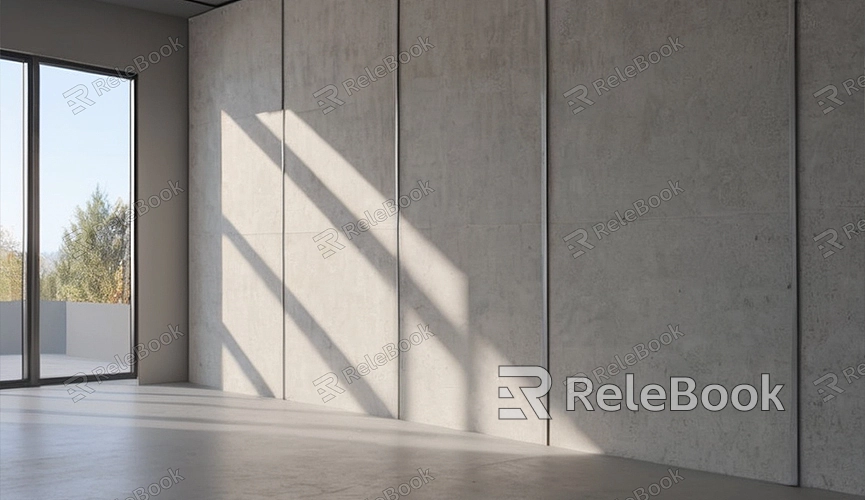Blender How to Edit a 3D Model
Looking to edit 3D models in Blender? Don't worry, this article will introduce you to the basic steps and common tools for editing 3D models, making it easy for you to get started and create stunning designs.
1. Open Blender and Import the Model
Firstly, open the Blender software. In Blender's interface, you can choose to open an existing 3D model file or create a new model from scratch. If you already have a model file, you can import it by clicking the "File" menu and selecting the "Open" option. If not, you can choose the "File" menu and then the "New" option to create a new file.
2. Enter Edit Mode
Once the model is imported, you can enter Edit Mode to start editing it. In Blender, Edit Mode is the primary mode for editing models. You can switch to Edit Mode by clicking the "Object Mode" button at the bottom-left corner of the screen.

3. Use Basic Editing Tools
In Edit Mode, you can use various basic editing tools to modify the model. These tools include move, rotate, scale, extrude, etc. These tools can be found in the toolbar or invoked using shortcuts. By using these tools, you can adjust and modify different parts of the model.
4. Modify Vertices, Edges, and Faces
In Edit Mode, you can also directly edit the vertices, edges, and faces of the model. By selecting the corresponding elements and using editing tools to adjust and move them, you can change the shape and structure of the model. For example, use the "Grab" tool to move vertices and the "Extrude" tool to create new faces.
5. Use Modifiers
In addition to basic editing tools, Blender also provides a variety of modifiers to perform more complex editing and modifications on the model. Modifiers such as Mirror, Subdivision Surface, Bevel, etc., can help you quickly achieve specific effects and operations. You can select the appropriate modifier in the Modifier panel and adjust and configure it as needed.
6. Apply Materials and Textures
During the editing process, you may also need to apply materials and textures to enhance the visual effects and realism of the model. In Blender, you can select the model's surface and then choose the appropriate materials and textures in the Material panel for application and adjustment.
7. Adjust Scene and Rendering Effects
Finally, after editing and modifying the model, you can adjust the scene and rendering effects to showcase your work. In Blender, you can adjust the camera's position and angle, the position and intensity of light sources, and select the appropriate rendering settings and effects to generate the final rendered images.
By following these steps and techniques, you can easily edit 3D models in Blender and achieve various desired effects and designs. If you need high-quality 3D textures and HDRI, or 3D model downloads while creating models and virtual scenes, you can download them from Relebook. After downloading, you can directly import textures and 3D models into your project for use.

